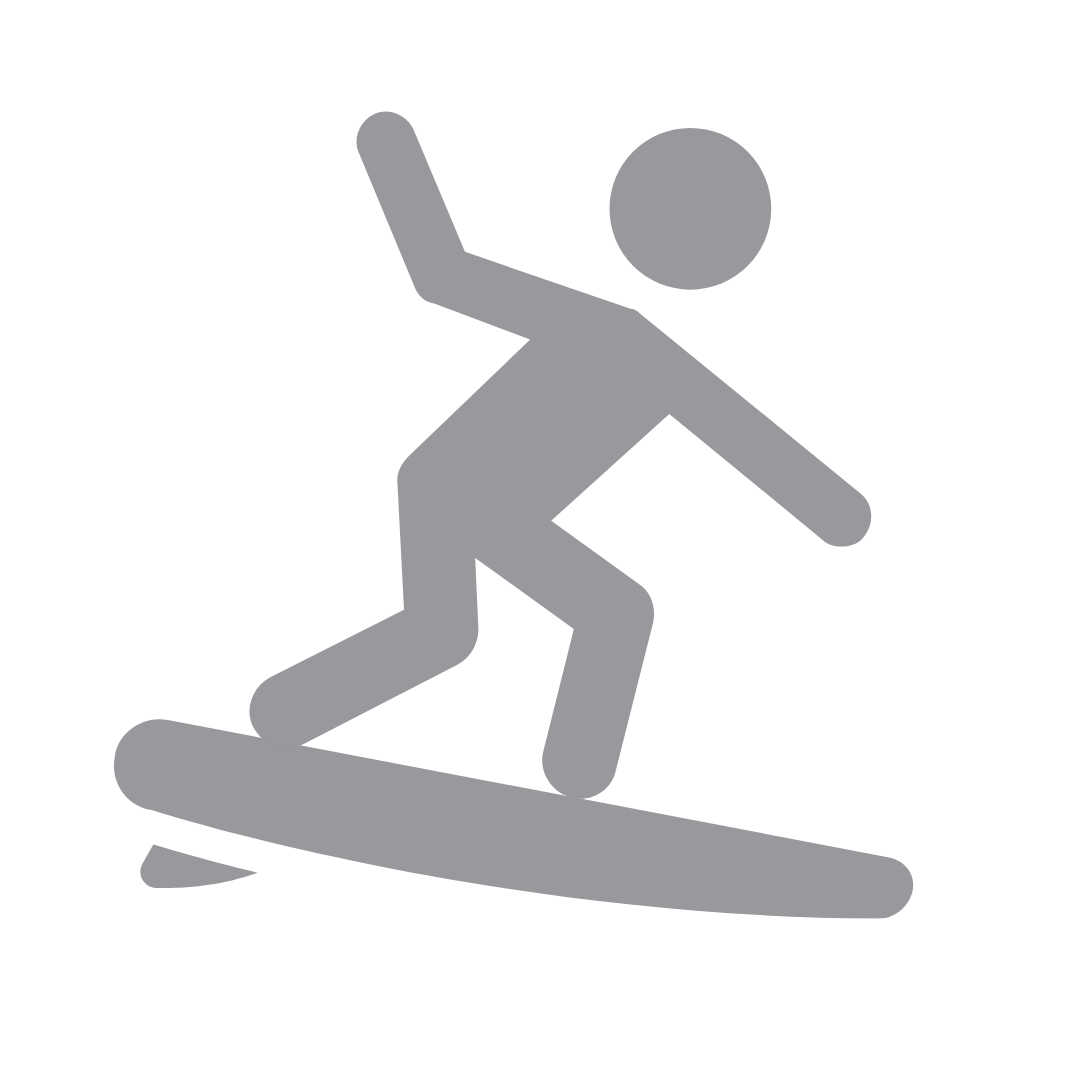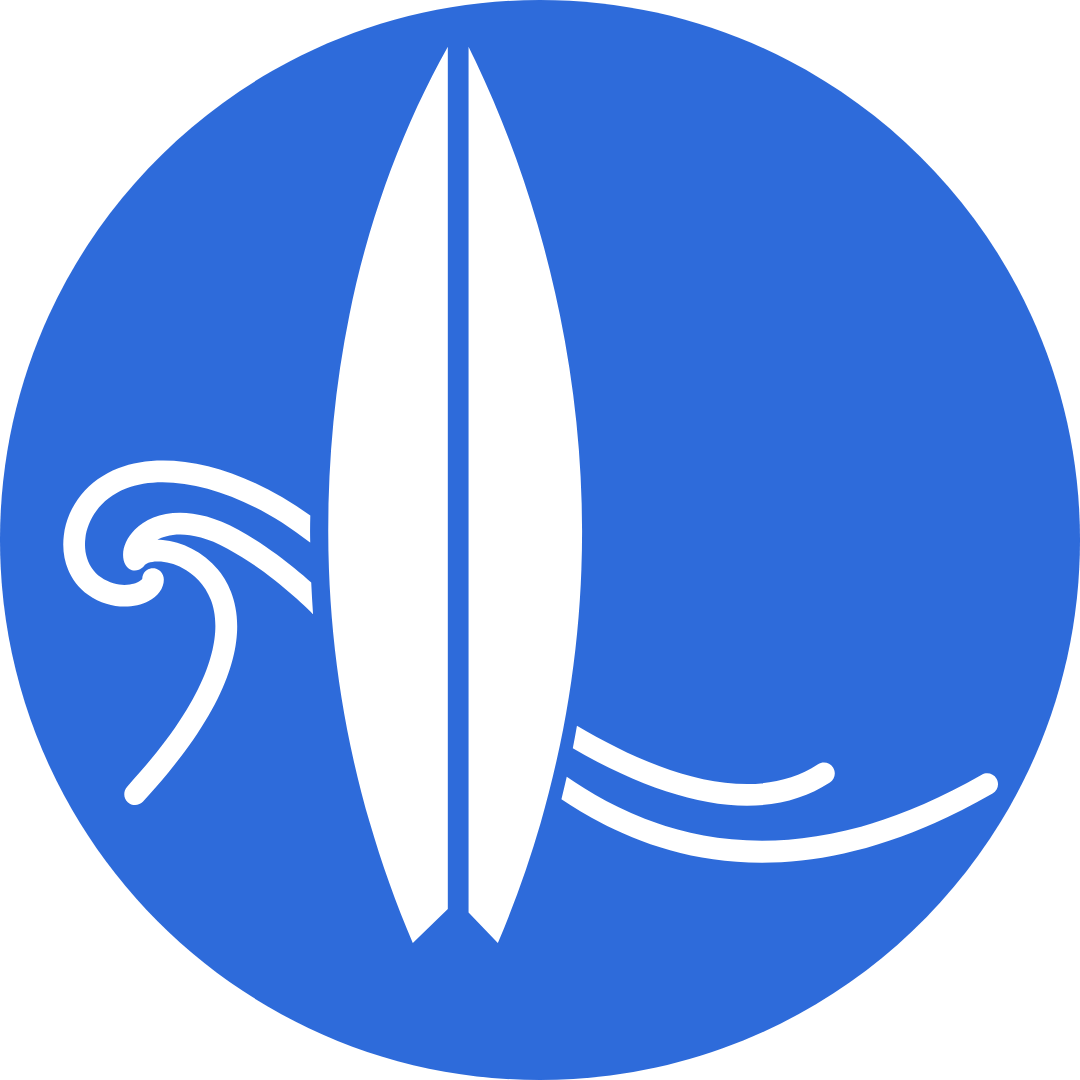Posted by Rick Civelli | 12.30.2010 | WB Surf Camp News
The Roots of Surfing: Surfing's Lineage
Surfing is a worldwide sport that serves as a passion and way of life for millions. Technology continues to redefine the limits of this ancient sport, as people surf waves that were once seen “impossible” to ride. With growing numbers of surfers, riding diversified boards, in a variety of conditions, the approach to wave riding continues to evolve.
Humans learn through lessons of the past. Having the ability to learn and establish new ways of approaching things is fundamental to our existence. It inspires new thoughts and ignites the artist within. Each turning point throughout surfing’s evolution is unique, serving as a puzzle piece in the grand scheme of what modern surfing is today.
Polynesian fishing cultures first experienced wave riding while in route between islands almost three thousand years ago. One day, the wooden boat magically clung to the ocean’s swell, as the wave’s energy glided beneath. At this moment, the passion and pleasure for wave riding was discovered. Islanders observed how different shapes of wood glided on the ocean’s swells as craftsman experimented accordingly. Eventually, Islander’s discovered they could reduce the amount of wood being used in these wave-riding tools, without effecting performance. This eventually led to “planks”, resembling the shape of modern-day boards.
The exact date of when surfing emerged as a sport is unknown. However, ancient Hawaiians left evidence of their sport through hieroglyphs of surfers carved into lava-rock. These carvings date back to 1500 A.D. Polynesian cultures eventually made their way to the Hawaiian Islands. These men and women brought with them a deep love and respect for the ocean, depending on it for their source of life. Surfing became deeply rooted in ancient Hawaiian tradition as the culture lived, breathed, and cherished the bountiful resources of the ocean. Skilled surfers around this time were often upper class, including chiefs, warriors, and kings. Through maintaining finesse in the ocean’s powerful dynamic environment, surfer’s gained respect and were ranked accordingly throughout their  society. Surfing in Hawaii continued to shape and develop over the next couple centuries, as it remained ingrained in the culture.
society. Surfing in Hawaii continued to shape and develop over the next couple centuries, as it remained ingrained in the culture.
Captain Cook’s crew recorded written documentation of surfing while exploring Tahiti and Hawaii in the late 1700’s. By this time the Hawaiians had already developed the sport of surfing with nearly two centuries of experience. Hawaiians experimented with different board shapes and sizes, while they sought new tools and methods for the shaping process. The three main boards used by ancient Hawaiians included the following:
• The Paipo or Kioe, used as a body board, 2-4 feet; usually by children
• The Alaia (ah-LAI-ah), mid-sized board usually 7-9 feet
• The Olo (O-lo), longer surfboard: usually used by royalty. 18-22 feet
Ancient Hawaiians continued surfing until changes in the belief system emerged and missionaries from New England settled in the mid 1800’s. By 1890, surfing in Hawaii was close to extinction, as well as many old Hawaiian traditions and customs. The ancient roots of surfing had been firmly established by this point, despite the sport’s dwindling presence. The United States annexed Hawaii in 1898 which would mark the beginning of a revolution for surfing.
Hawaii in 1898 which would mark the beginning of a revolution for surfing.
Over the course of the twentieth century, surfing developed further, erupting into a billion dollar industry. New approaches by surfers, shapers, waterman, and physicists alike have lead to key discoveries in form and function, changing the nature of surfing itself. Surf board design has evolved, devolved, emerged, reemerged, and has continued to take on shapes as various as the waves themselves over time.
History is important and should be passed down over generations. The Surfing Heritage Foundation is a non-profit organization based out of California that started in 2001. The Foundation is dedicated to preserving and promoting surfing’s heritage for the appreciation and education of current and future generations.
More on surfing’s evolution through the 19th century to come!







 RENTALS
RENTALS LESSON
LESSON CAMPS
CAMPS ABOUT
ABOUT SHOP
SHOP